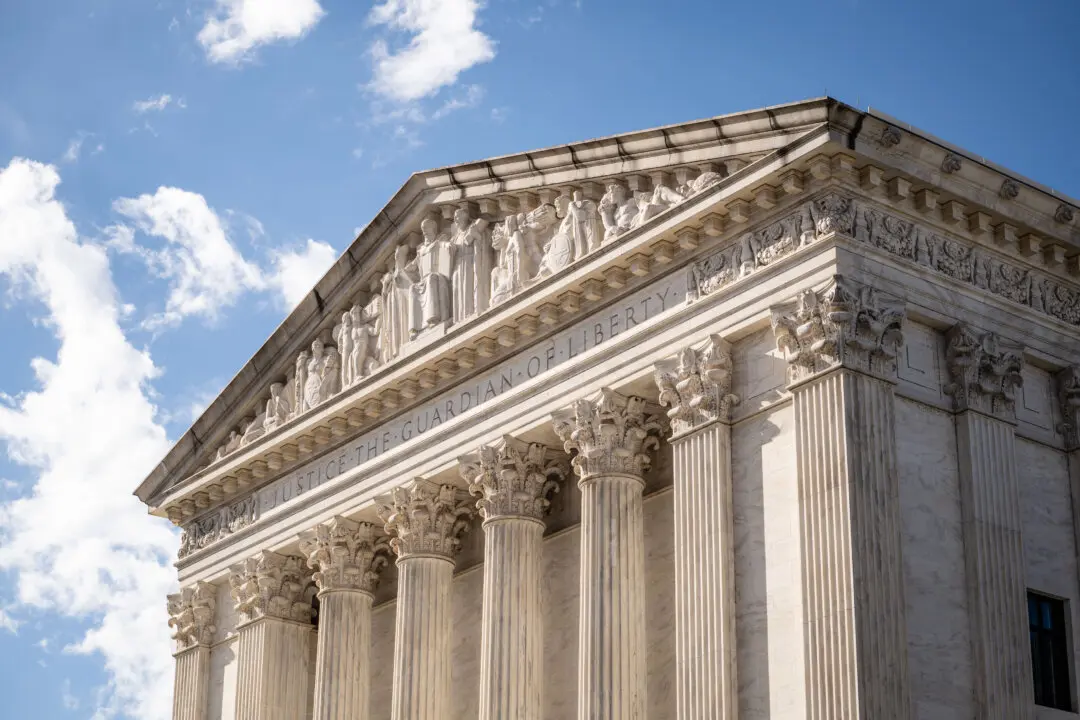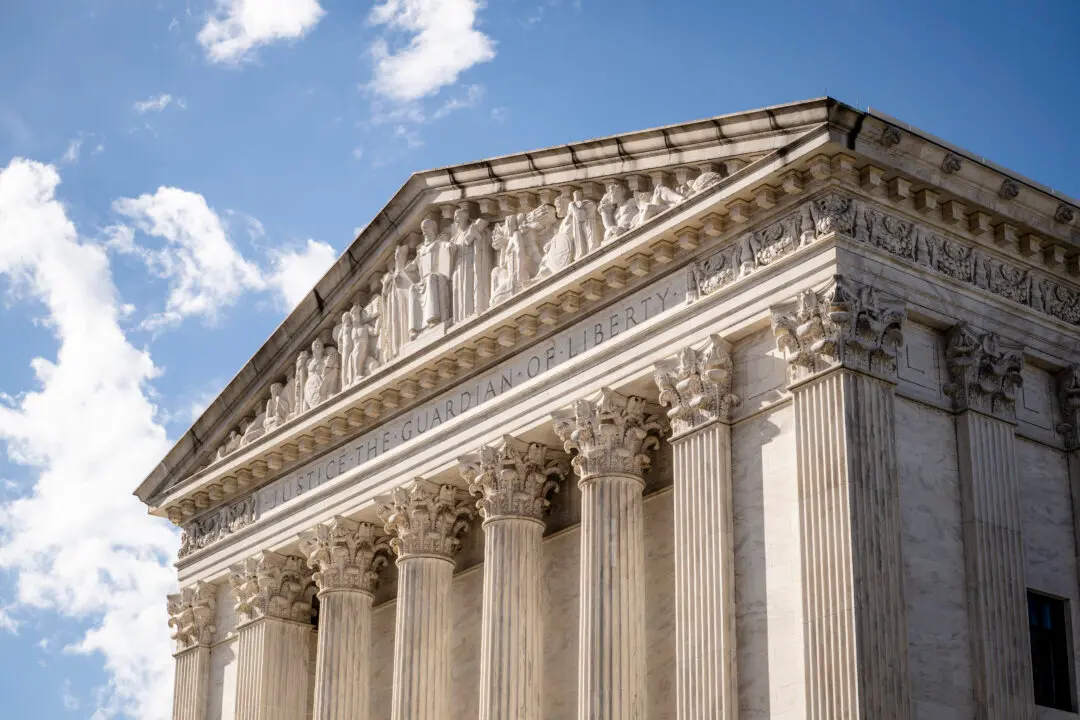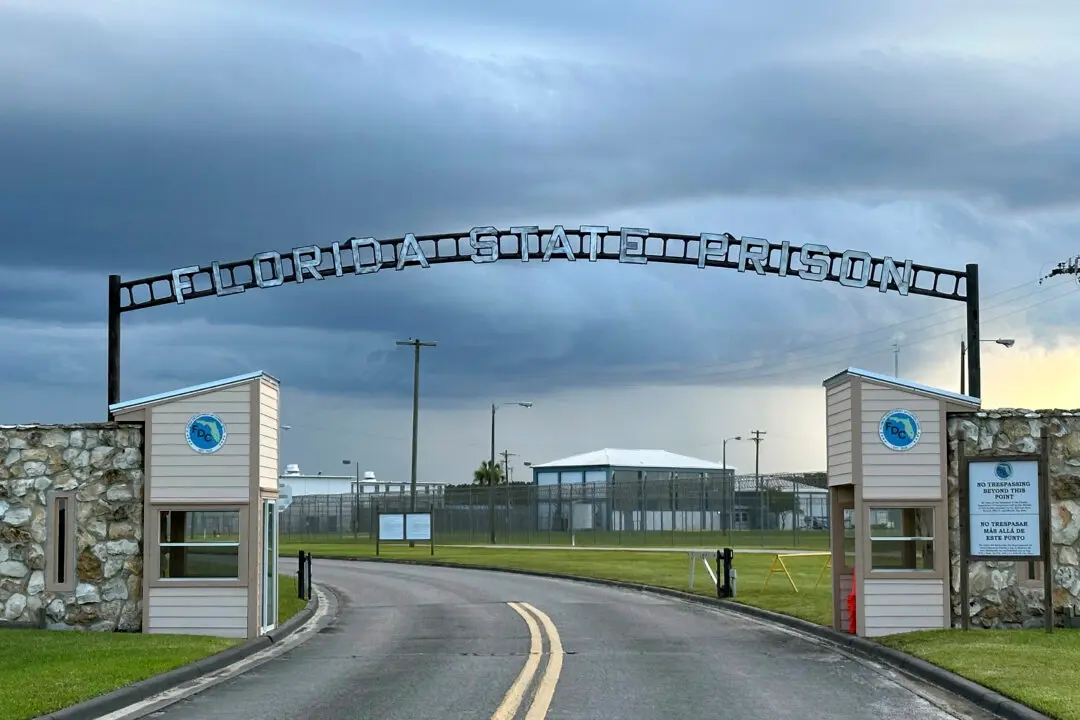The Supreme Court ruled in favor of a descendant of a German Jewish family whose valuable French Impressionist painting was confiscated by the Nazis during the Holocaust and is now on display at a government-owned art museum in Madrid.
The gist of the unanimous decision made public on April 21 is that in property cases, foreign governments and the entities they control should be placed in the same position as private parties. The high court also found that the U.S. Court of Appeals for the 9th Circuit erred in finding that federal—not state—law should apply in such disputes, and in ultimately siding with the foreign foundation that runs the museum.





